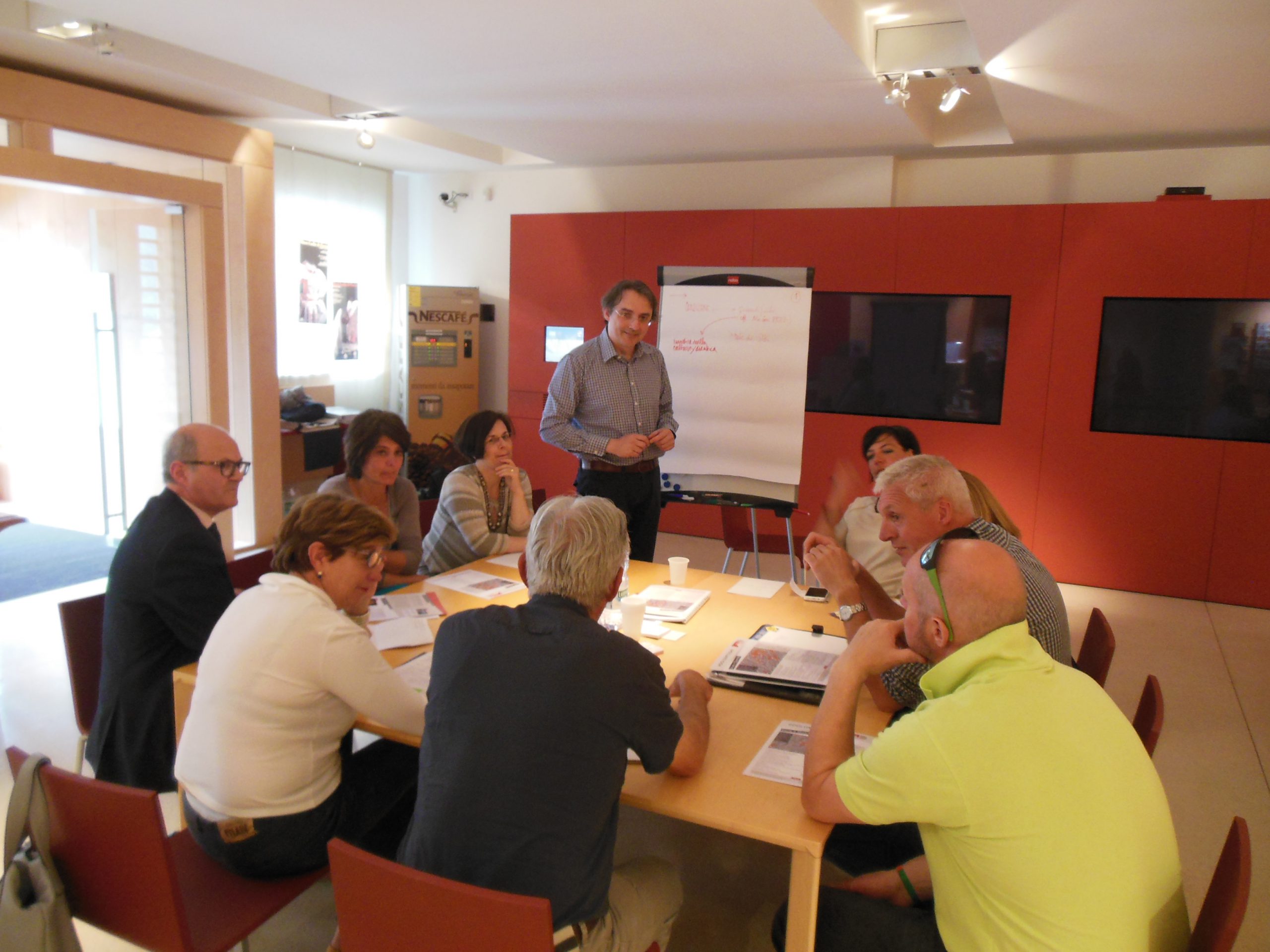
#DOLOMITES2040, the final report
The Overall Management Strategy (OMS) of the UNESCO Dolomites Site is the tool — developed in accordance with the indications from UNESCO and the IUCN (International Union for Conservation of Nature) following its 2011 inspection — promoting and implementing network management (approach for collaboration between institutions and local authorities), creating systems for human and financial resources across the area and integrating actions for conservation, communication and promotion of the Property. The OMS is implemented with shared efforts and involvement of the broad range of stakeholders, who carry out their activities, directly and indirectly, within the Dolomites.
The Overall Management Strategy places the environment at the heart of social and environmental interests. Cooperation is the appropriate method to explore innovative policies for conscious growth, which recognises the concept of natural heritage as the environment of life itself. This document is the result of dialogue and sets out the desire to move beyond passive conservation of the environment in favour of a Protected Landscape Approach. The strategy is therefore a voluntary, flexible and dynamic tool, pooling various strategies and objectives that can be adapted on the basis of location and measured over time, with an underlying process involving mediation and balancing of different interests.
The Overall Management Strategy has four pillars:
The UNESCO Dolomites Foundation has a representative and coordinative role, promoting dialogue between Regional and Provincial Authorities, scientific objectives and social, economic and environmental interests and the interests of Local Authorities. The Foundation’s Steering Committee, which includes political representatives of the Provinces and Regions within the UNESCO Site, approved the Overall Management Strategy on 21 December 2015.
First and foremost the parties directly responsible local areas of the Dolomites WHS, employing their expertise in local organisation and planning, are the Regional and Provincial Authorities, Park Authorities (natural, regional and national) and Local Authorities (communities, municipalities, etc.).
On this basis, the Operating Networks, which are permanent working groups coordinated by the Authorities sharing the Dolomites UNESCO World Heritage Site, are tools for the sharing of goals and balanced implementation of strategic actions regarding landscape heritage and protected areas, geological heritage, tourism and mobility, promotion and education and research.
The many Supporters of the Foundation play an equally important role, sharing its aims and directly contributing to the definition of activities and projects.
In 11 of the different offices of the Dolomites between May and June 2015, the #Dolomiti2040 was carried out. This identified proposals, expectations, wishes and some constructive criticism, representing an important milestone, particularly as a method for consultation and working strategy. Participants included Supporters, authorities, trade associations, voluntary organisations and all parties wishing to get involved for the future of the Dolomites. The results were, in part, integrated into the Overall Management Strategy.